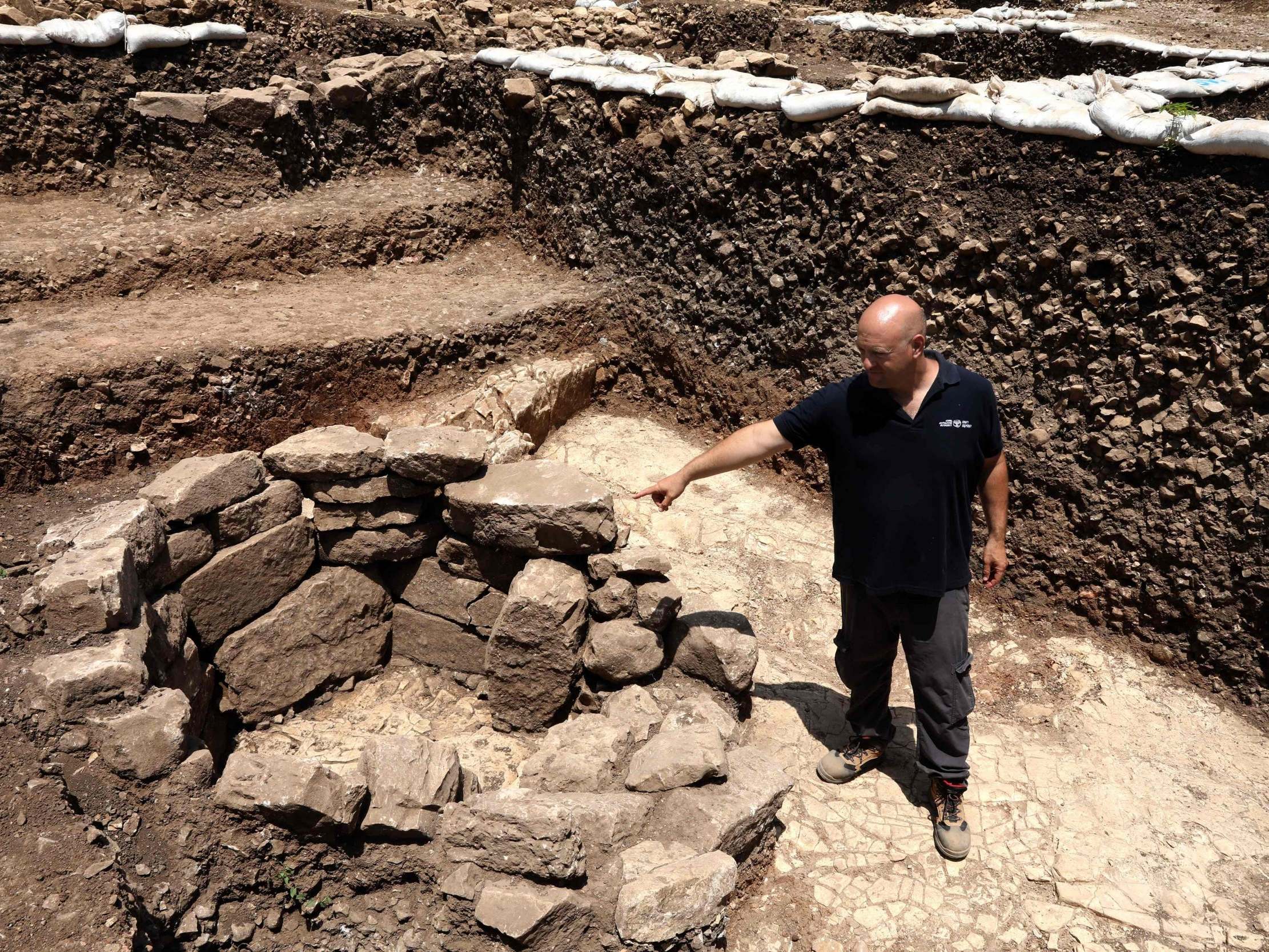Vast 9,000-year-old 'metropolis' discovered buried near Jerusalem
Israeli archaeologists claim to have found Middle East’s largest ever Neolithic excavation
Your support helps us to tell the story
From reproductive rights to climate change to Big Tech, The Independent is on the ground when the story is developing. Whether it's investigating the financials of Elon Musk's pro-Trump PAC or producing our latest documentary, 'The A Word', which shines a light on the American women fighting for reproductive rights, we know how important it is to parse out the facts from the messaging.
At such a critical moment in US history, we need reporters on the ground. Your donation allows us to keep sending journalists to speak to both sides of the story.
The Independent is trusted by Americans across the entire political spectrum. And unlike many other quality news outlets, we choose not to lock Americans out of our reporting and analysis with paywalls. We believe quality journalism should be available to everyone, paid for by those who can afford it.
Your support makes all the difference.An enormous Neolithic settlement described by archaeologists as an ancient “metropolis” has been discovered only three miles outside of Jerusalem.
The 9,000-year-old site was located next to the modern day town of Motza by scientists with the Israeli Antiquities Authority (IAA) – who claimed it represented a “Big Bang” moment in the field of prehistorical research.
“It’s a game changer, a site that will drastically shift what we know about the Neolithic era,” Jacob Vardi, co-director of the excavations at the site.
Stretching over half a kilometre, the Stone Age city would have been home to around 3,000 people. Mr Vardi described the complex society as the ancient equivalent of Jerusalem or Tel Aviv – “a real metropolis”.
Before the discovery, it was widely believed the entire area had been uninhabited in the period, during which people were still shifting from hunting to a more sedentary lifestyle.
The ruins were only uncovered during a preliminary survey conducted for the construction of a new highway in the area.
A wider excavation exposed large buildings, alleyways and burial places, evidence of a relatively advanced level of planning, the antiquities authority said in a statement.
“This is most probably the largest excavation of this time period in the Middle East, which will allow the research to advance leaps and bounds ahead of where we are today, just by the amount of material that we are able to save and preserve from this site,” said Lauren Davis, an archaeologist with the antiquities team.

The team also found storage sheds that contained large quantities of legumes, particularly lentils, whose seeds were remarkably preserved throughout the millennia.
Also found were flint tools, including thousands of arrowheads, axes for chopping down trees, sickle blades and knives.
“This finding is evidence of an intensive practice of agriculture,” according to the IAA statement. “Animal bones found on the site show that the settlement’s residents became increasingly specialised in sheep-keeping, while the use of hunting for survival gradually decreased.”
Additional reporting by Reuters

Join our commenting forum
Join thought-provoking conversations, follow other Independent readers and see their replies
Comments